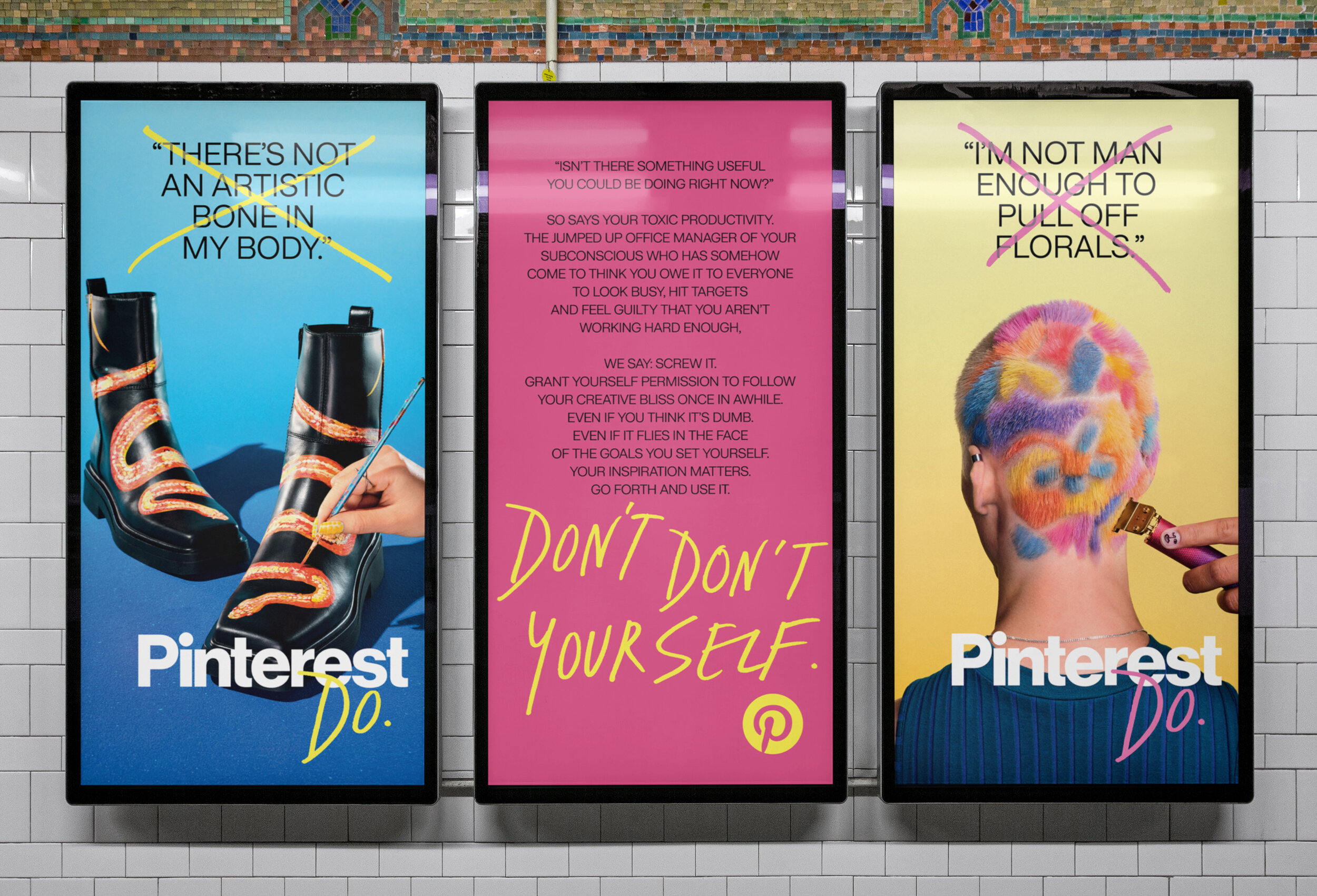Sponsorship vs. Advertising: Which is Right for Your Brand?
Sponsorship and advertising are two powerful marketing strategies that brands often contemplate. While both can be effective, they serve different purposes and come with advantages and disadvantages. In this article, we'll explore the distinctions between sponsorship and advertising, helping you determine the right fit for your brand's marketing objectives.
Pinterest Ad Campaign
Sponsorship is a strategic alliance between a brand and an event, organization, or cause. It offers unique benefits:
Brand Relationship Building: Sponsorship fosters long-term relationships with audiences, as it's often associated with shared values or interests.
Credibility and Trust: By supporting an event or cause, a brand can gain credibility and trust among consumers who hold the event or cause in high regard.
Experiential Marketing: Sponsorship provides opportunities for experiential marketing, allowing brands to engage directly with their target audience.
However, sponsorship also has its challenges, including:
Long-Term Commitment: Sponsorship often requires a longer-term commitment compared to advertising campaigns.
Measuring ROI: It can be challenging to measure the direct return on investment (ROI) of sponsorship, as its impact is often indirect.
Pros and Cons of Advertising
Traditional advertising, on the other hand, involves creating and disseminating promotional content to a broad audience. Some benefits of advertising include:
Immediate Reach: Advertising can quickly reach a wide audience, making it suitable for time-sensitive promotions.
Controlled Messaging: Brands have complete control over the content and timing of advertising campaigns.
Measurable ROI: The ROI of advertising campaigns is often more easily quantifiable.
However, advertising has its limitations:
Ad Fatigue: Overexposure to advertising can lead to audience fatigue and decreased effectiveness.
Limited Engagement: Traditional advertising may foster a different level of engagement and connection than sponsorship.
When to Choose Sponsorship
Brands should consider sponsorship when:
They aim to build long-term relationships with their target audience.
The event, cause, or organization aligns with their brand values.
They seek to enhance credibility and trust through association.
When to Choose Advertising
Brands may prefer advertising when:
They need to reach a broad audience with a time-sensitive message quickly.
They require precise control over their messaging and timing.
Measuring direct ROI is critical for their marketing objectives.
Conclusion
In conclusion, the choice between sponsorship and advertising depends on your brand's goals and target audience. Both strategies have their merits, and in some cases, a combination of both may be the ideal approach. Carefully assess your marketing objectives, resources, and the nature of your audience to make an informed decision that aligns with your brand's vision.

